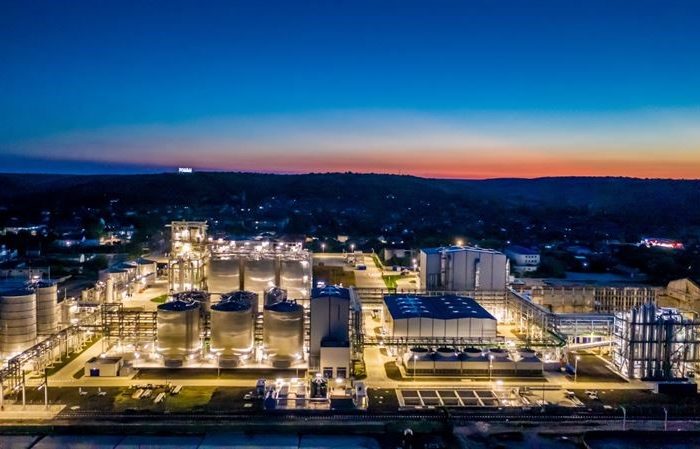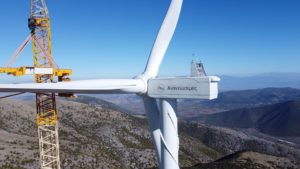Leonardo Badea (BNR): Romania may contribute to the growth and competitiveness effort of the European economy

Supported by investments, Romania’s industry and agriculture, through existing capacities and competencies, can supplement EU imports from third countries, reducing costs, supply times and dependence on geopolitically and operationally risky areas.
The way forward for the economic development of Central and Eastern European countries in the current conditions of high uncertainty is difficult to define. It is true that the current overlapping crises have put pressure on macroeconomic and budgetary equilibria at global level. It is becoming increasingly clear that there are not only one-size-fits-all solutions to these challenges, although these solutions, which stem from international and European solidarity, play an important role, but it is still necessary for emerging countries to consider their own solutions, which can be applied locally and which can have a beneficial effect on the EU economy.
It is perhaps a good time for Romania to contribute to the recovery effort of the European economy, as there are sectors of activity for which it has comparative advantages. Given the dynamics of exports of goods, Romania would currently have competitive advantages in the production of vehicles and their components. On the other hand, this area could undergo major changes as electric vehicles gain importance, which will make much of the current production of components unnecessary. The focus will be on other components (such as electric batteries), where other countries in the region have started measures to position themselves for several years, but Romania also has a number of specific advantages that place it in a better position.
An analysis by the World Bank of Romania’s competitive advantages (based on data prior to the COVID-19 pandemic) shows that:
– Romania’s highest unrealized export potential is for the following products:
- machinery, electrical appliances, and equipment – the added value of exports is estimated at USD 14.3 billion
- motor vehicles and parts thereof – the estimated value in this case is USD 11.4 billion
- plastics, rubber, and plastic and rubber goods – the value of additional exports is estimated at USD 3.2 billion, although Romania has increased its export capacity in this sector in recent years
- Romania is present in the global markets in the supply chain of green products:
Ø In the pre-pandemic period, Romania gained market share for several products:
- For solar energy: iron and steel constructions, engines
- For wind energy: alternating current generators, meters
- Electrical vehicles: lithium carbonates, lithium oxide and hydroxide
Ø Romania has a competitive advantage for 39 products in the production chain of green products, mainly for wind energy, the value of exports being estimated at 5 billion USD (according to a 2019 analysis, prior to the COVID-19 pandemic)
Therefore, due to the natural resources of the soil and subsoil, through investments, Romania could consolidate its role as an exporter of agri-food products, green energy, fuels, and derivatives to other states of the European Union, in competitive conditions of price and quality with the other suppliers outside the market, but from the perspective of the countries to which it exports offers the advantage of shortening and securing supply chains. By capitalizing on these natural advantages, Romania can contribute to increasing the food and energy security of the European Union in more cost-effective conditions compared to current imports.
Similarly, through the existing capacities and competencies, the Romanian industry, streamlined by investments, can supplement the imports of the European Union from third countries, for an important category of subassemblies, products, and equipment. In addition to reducing costs and supply times, this would also have the advantage of reducing the EU’s dependence on imports from more politically and operationally risky areas.
As a challenge in the near future, the export model that is oriented towards products with a lower degree of complexity must be modified, in this sense stimulus measures must be taken in areas with potential to avoid the risk of the middle income trap.














